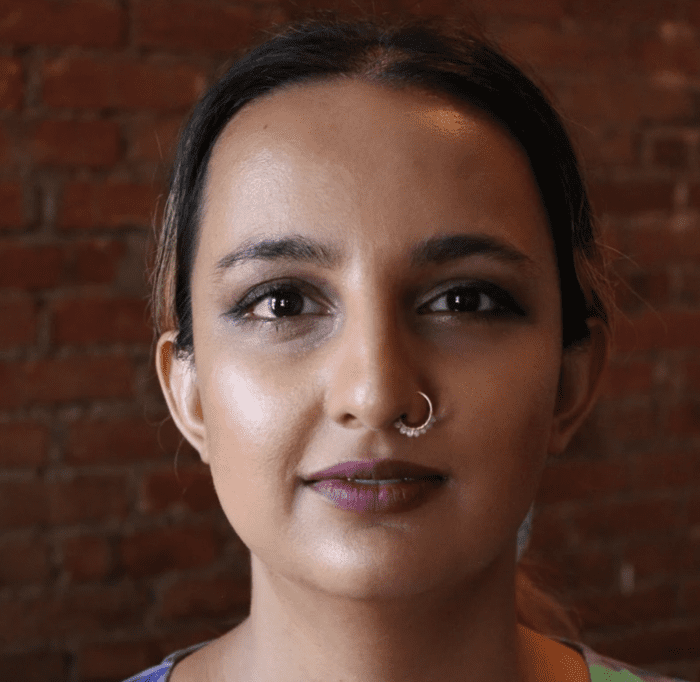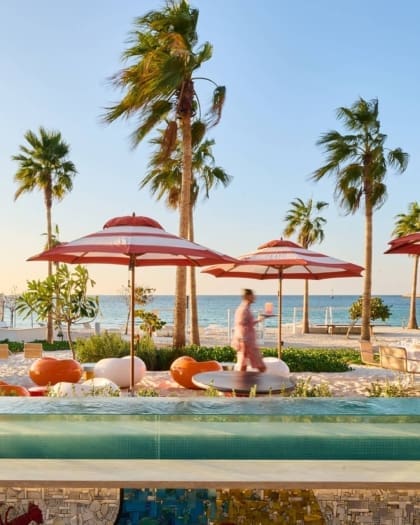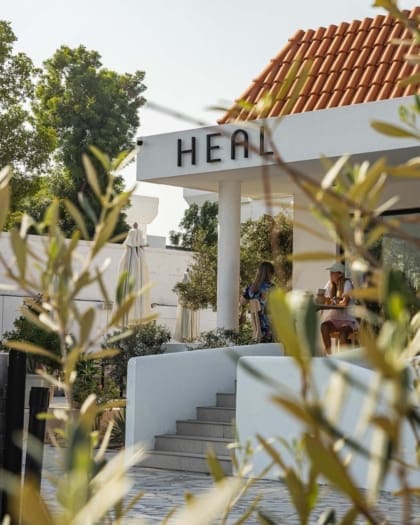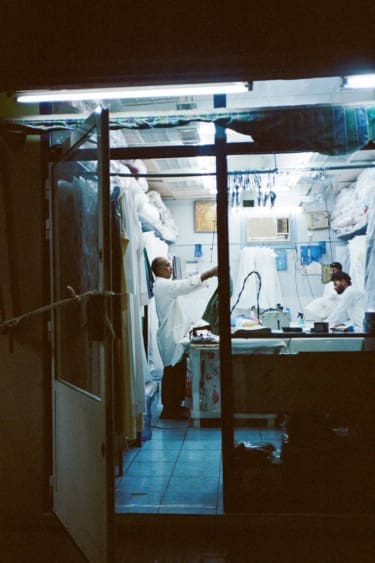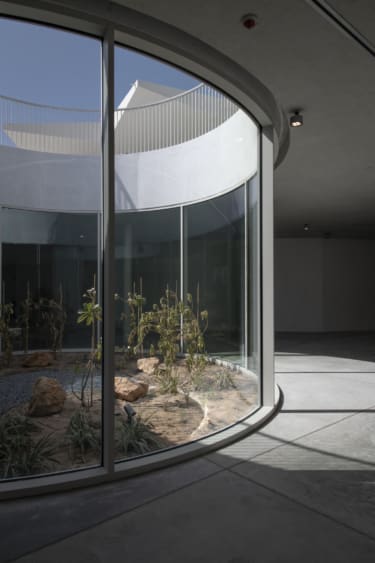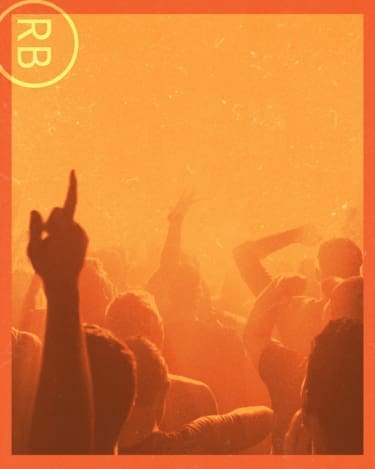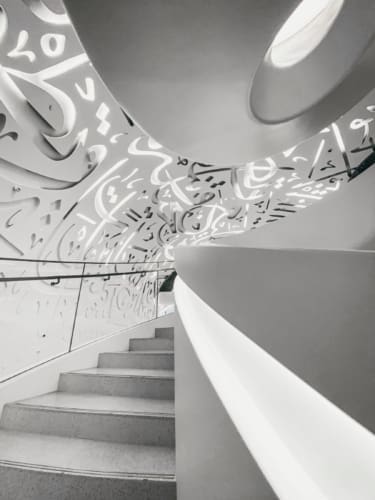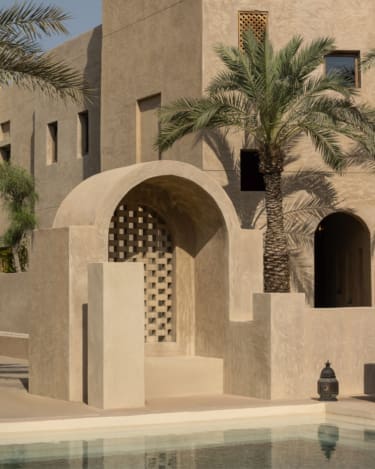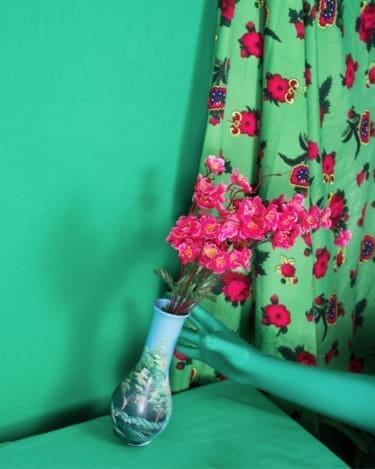
How is Dubai fostering creativity in the UAE?
From a new cultural programme to mass investment in art and design, Dubai is working to draw a new generation of creative talent, while safeguarding Emirati heritage. Rahel Aima explores the evolution of its expansive arts scene
In its earliest decades, the UAE art scene was very much a grassroots, artist-led affair. The first public exhibition was held in 1972, less than a year after the formation of the country the year before. In 1980, the Emirates Fine Art Society was formed, while the first Sharjah Biennale came in 1993. Only in the mid to late 2000s did we see the beginning of the boom that has catapulted the city to its current status as one of the most important centres in the global art market. First came the auction houses, beginning with Christie’s in 2005. It was followed by the city’s first contemporary art fair, the DIFC Gulf Art Fair, in 2007, which later changed its name to Art Dubai.
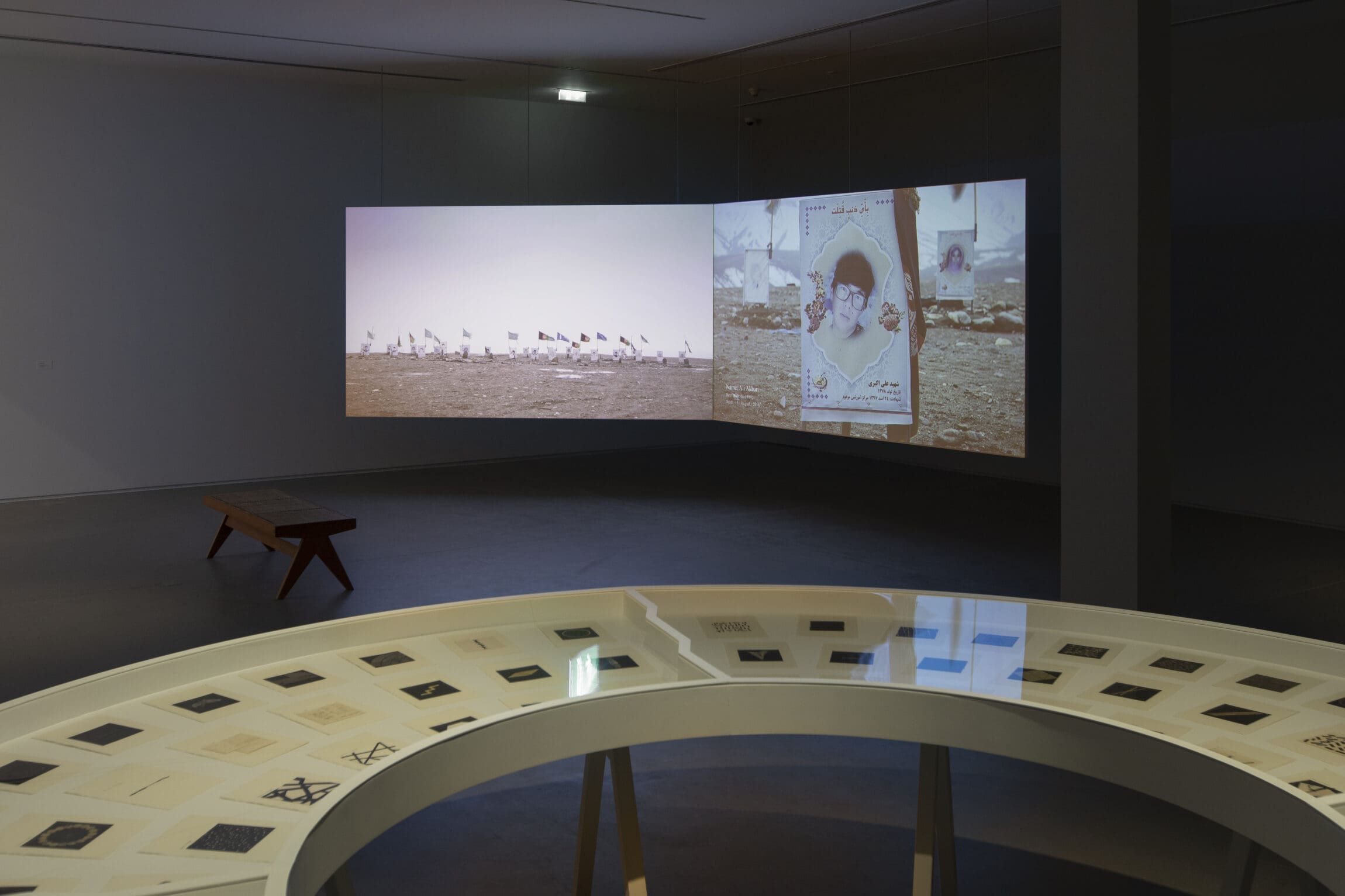
Dubai has always been a trading city first and foremost. Think of it as an iceberg: visible above the surface are the glitzy blockbuster developments, the high-octane banking hub, the sun, sand and petrodollar glamour that Brand Dubai wants you to see, but it’s just a small part of the pie. Tourism currently accounts for just five per cent of the city’s GDP, and real estate another seven per cent. Everything else is warehouses all the way down, moving money, goods and people. Art is no exception to this; it’s no accident that the city’s commercial scene exploded as elites from surrounding countries scrambled to move their assets in the wake of the Arab Spring and subsequent regional wars.
It helped, too, that the city has always had notoriously porous borders, which allowed its trade to flourish as South Asian and Iranian merchants looked to bypass taxation, particularly in the early decades of the 20th century. Post-union in 1971, Dubai renewed its freeport status, though this changed with the introduction of corporate tax in 2024, with income tax expected to follow. Aggressive efforts to crack down on money laundering and a general tightening of financial regulations have further impacted this free flow of goods and money, even as the city makes an effort to encourage barrier-free foreign investment in other ways. There’s a particular emphasis on cryptocurrency, with a burgeoning NFT scene as a result.

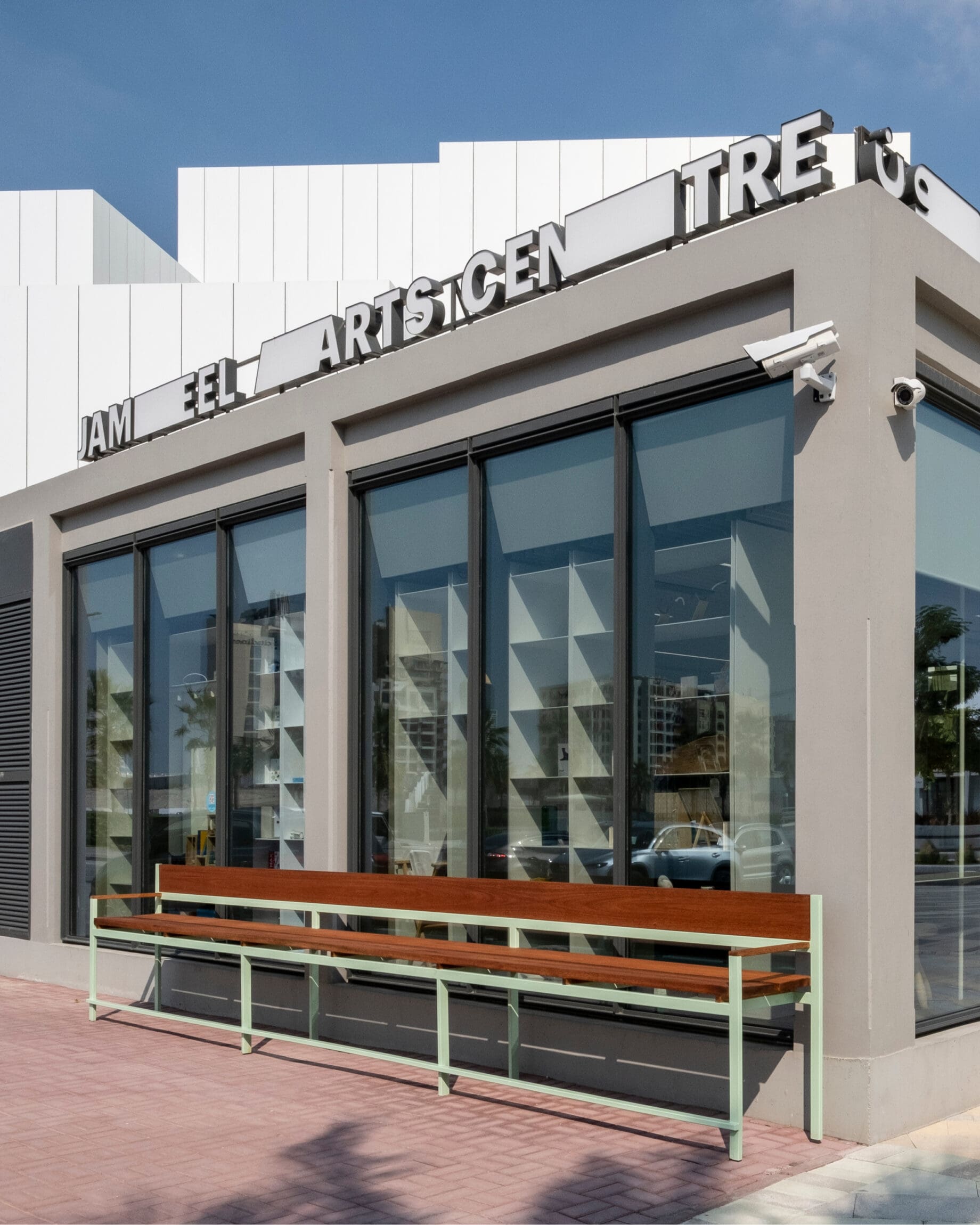
Local art production
But being a market powerhouse, the point of sale for much of the surrounding region, is one thing. What about local art production?
Many Emirati artists studied abroad on government scholarships, but unlike neighbouring city Abu Dhabi, whose art scene is primarily state-supported, the development of Dubai’s art scene has been commercially led. A handful of nonprofit institutions and grassroots spaces do their best, but funding remains a constant issue. The aforementioned tax regime means the American model of tax-deductible arts philanthropy doesn’t apply here, and there isn’t a strong culture of either individual or corporate patronage either. It’s only very recently that Dubai’s government has stepped in to build infrastructure and support artists, albeit in a somewhat earnest yet unfocused way.
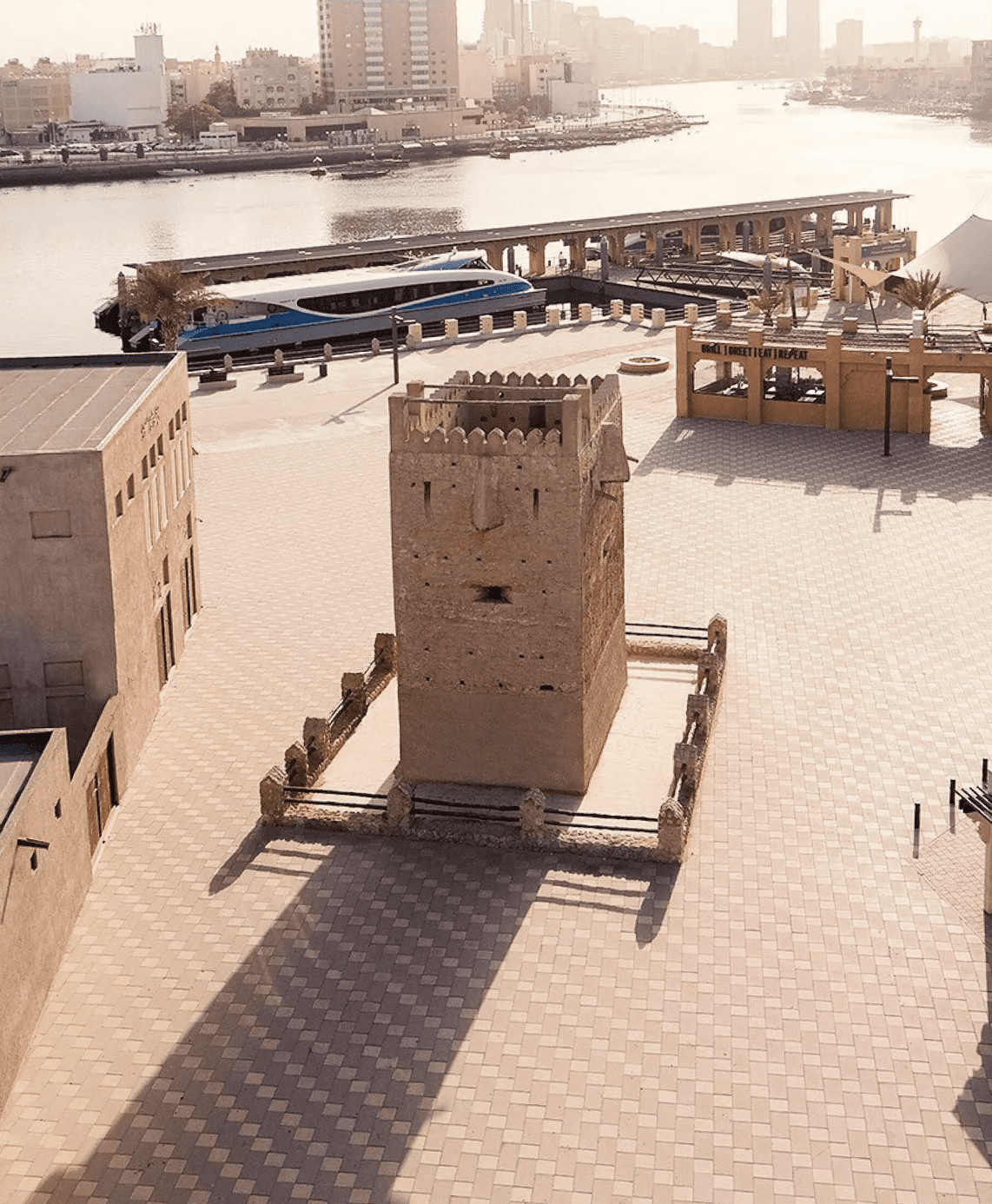
Some enterprises are working to change this. Alserkal Initiatives is an arts organisation in Dubai, which works closely with the government to realise the city’s cultural aims. “We aim to build an infrastructure to support locally based talent, so artistic practices can develop in the region,” says executive director Vilma Jurkute. “We want to support the government in their policies that help grow the creative economy, and further solidify Dubai and the UAE as a centre for artistic production both in the region and globally.” Chief among these efforts is a new set of visa policies – currently at least 90 per cent of denizens need a visa to even enter the country – that range from digital nomad visas to long-term cultural visas. Previously, only citizens used to be eligible for grants and exhibition opportunities, but now these generally extend to all residents, reflecting a broadened understanding of what it means to be from the UAE.
Put another way, we can understand Dubai’s cultural programme as a reflection of the city’s ambitions: to shore up its creative economy and become a magnet for global creatives on one hand, and to safeguard Emirati heritage and construct new identities on the other. Curator and publisher Salem Al Suwaidi notes: “the recent investments in Public Art commissions and Dubai Culture’s Open Calls demonstrate the city’s decision to develop a national identity through visual cues, ones reinforced via other annual efforts of defining Emiratiness like the Sikka Art Fair.” On Art Dubai, he notes how each iteration’s geographic focus (recently Latin America) mirrors foreign policy, describing it as “a true testament to the product of an ambitious Dubai.”
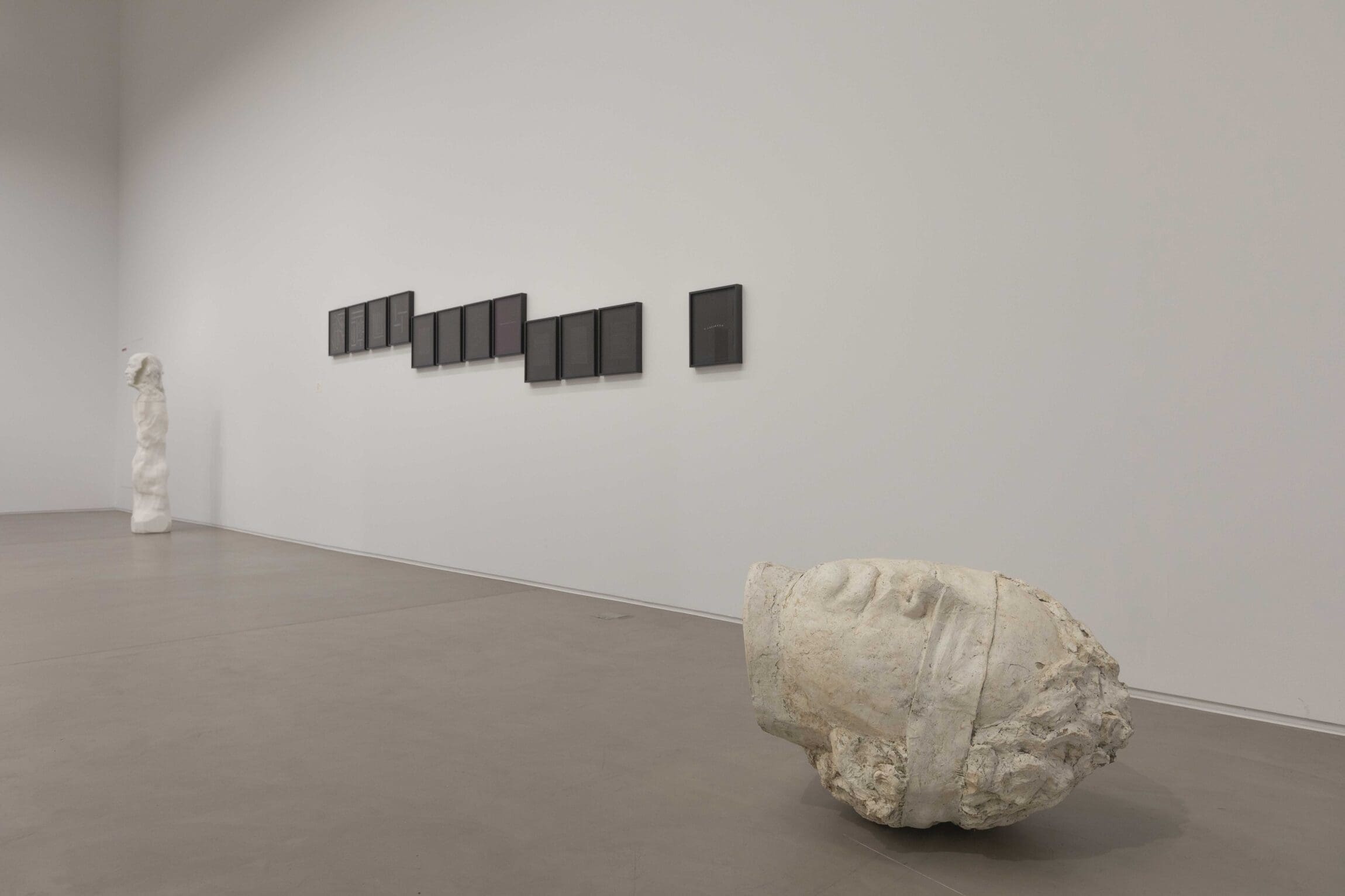
Does any city genuinely support artists?
Antonia Carver, director of the Jameel Arts Centre and former director of Art Dubai, is more circumspect, saying, “does Dubai support artists? Does any city actually genuinely support artists? In common with the world outside Europe, there are few direct government grants for artists or organisations, but there is a growing network of private and government support for commissions and exhibition opportunities.” A gallerist who wished to remain anonymous similarly identifies economic precarity, as well as the dearth of rigorous arts education, as hindrances to the flourishing of a local art scene. “Laying the foundations first for an affordable Fine Art School would be essential. Good art needs a good premise and grounded training, and access to livable conditions for artists to survive. Currently, you have to have a job to be able to afford to live here as an artist. Being able to live here without the pressure of working, and having the freedom to explore, think and make advances in your artistic practice, would really help,” they say. “There needs to be something like the Mondriaan Fund in the Netherlands: you apply for funding to pay for your studio, and for you and your family to live, and the fund is granted by merit.”
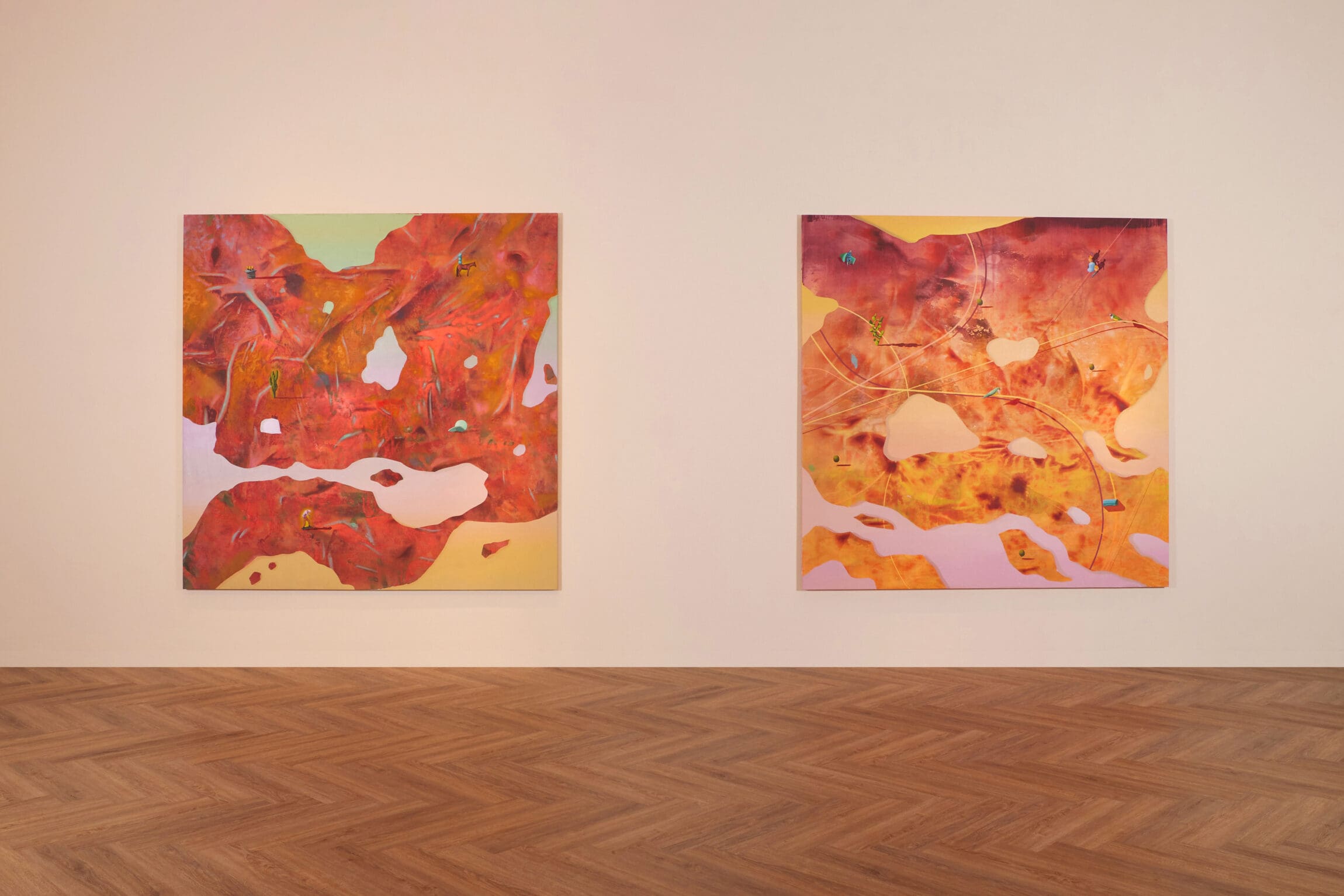
“It’s well known that Dubai is the regional market centre; perhaps what should also be known is the city is also a site of knowledge production – a hub for ideas,” Carver adds. “What’s perhaps extraordinary about this place is its global nature, often in ways that are inspirational, rather than glib.” It’s hard to understate this: what is truly new about Dubai on the world stage isn’t its futuristic buildings or full-throttled techtopian embrace, so much as its dialectical multiculturalism that doesn’t come from a gentle melange so much as head-on collisions between its many constituent cultures.
As such, Dubai’s art scene feels incredibly strong, and even urgent on a discursive level, as reflected in its programmes, but less so in the quality of work produced. I might be biased as a critic, but I would point to the post-pandemic decimation of local arts publications too, as well as the weak skills base in auxiliary areas like conservation, installation, and even curation. There’s only so many ways you can focus on supporting artists in a vacuum: now is the time to begin thinking about the arts ecology as a whole. All of this will change as the scene further matures, but it will take time.
